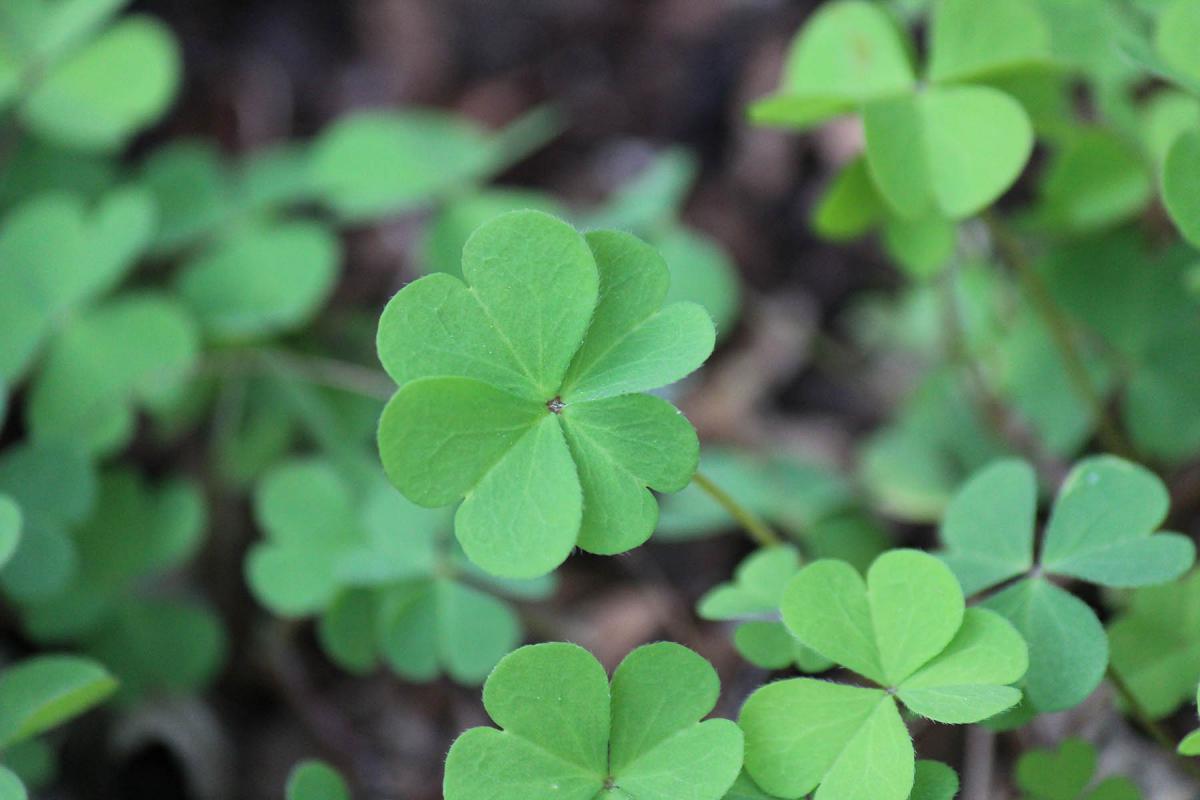
Found a four-leaf clover? Lucky you!
Faith, hope, love and luck- if you are willing to possess all of these at the same time, you’d better gaze at a field of clovers and hopefully find a four-leaved one. Tradition has it that four-leaf clover finders are blessed with good luck, or even touched by a bit of magic.
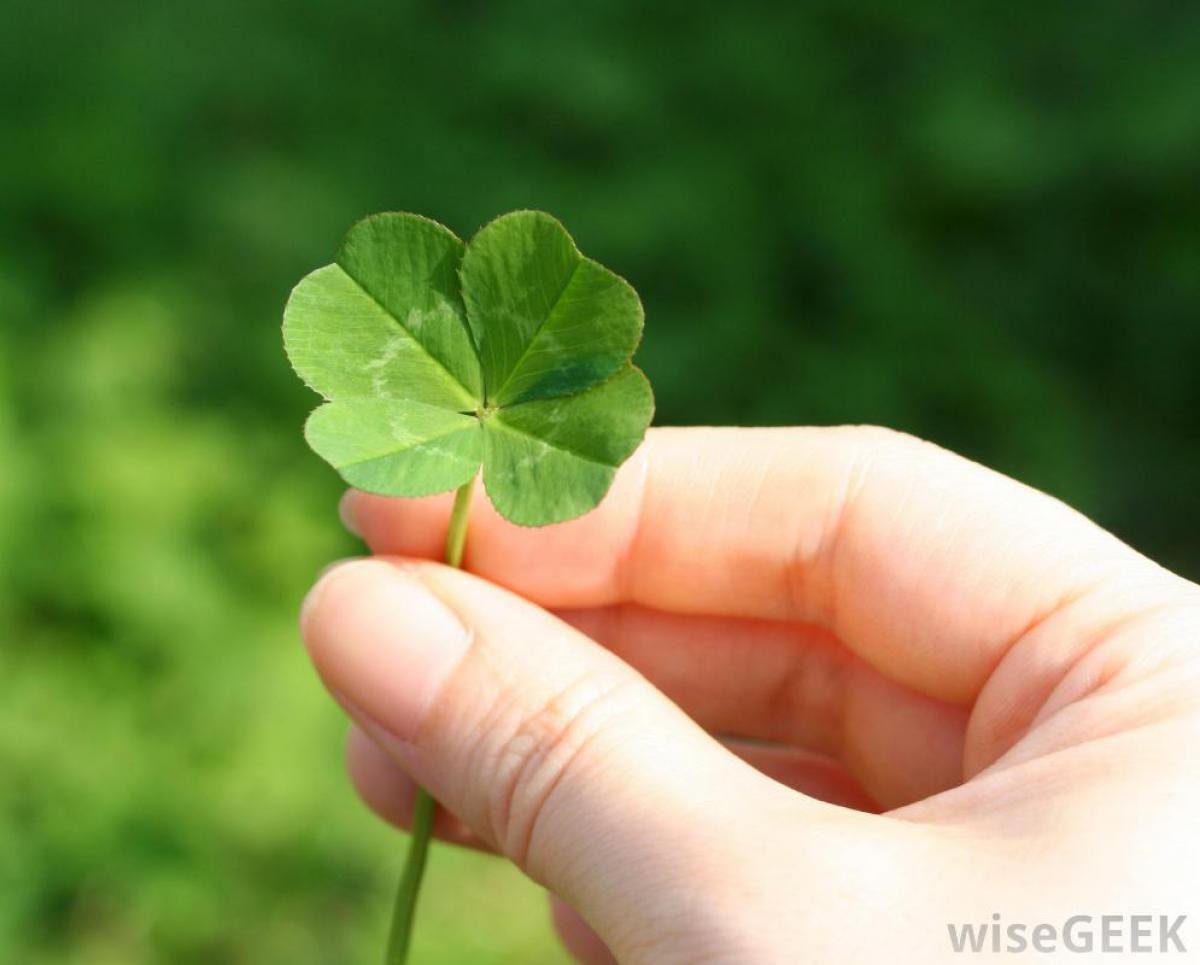
Where does the four-leaf clover tradition originate from?
The Irish Saint Patrick and the Shamrock are widely associated with the four-leaved clover. However, the lucky tradition dates back from a much longer time ago. The Druids, Celtic priests, believed that the shamrock-or the three-leaf clover- was possessed by evil spirits, and the only chance to banish them away was by carrying the luckier variation of the same kind, meaning the four-leaf clover. It was widely used to provide magical protection; bad unwanted luck was warded off.
Christianity has another association of this lucky charm. A Christian legend tells the story of Eve, who left The Garden of Eden with a four-leaf clover, and, as a result, the four-leaved Trifolium repens representative gained some divine popularity, being related to Paradise itself. Furthermore, the four leaves are considered to be lucky since their configuration resembles the cross with the fourth leaf associated with God’s Grace.
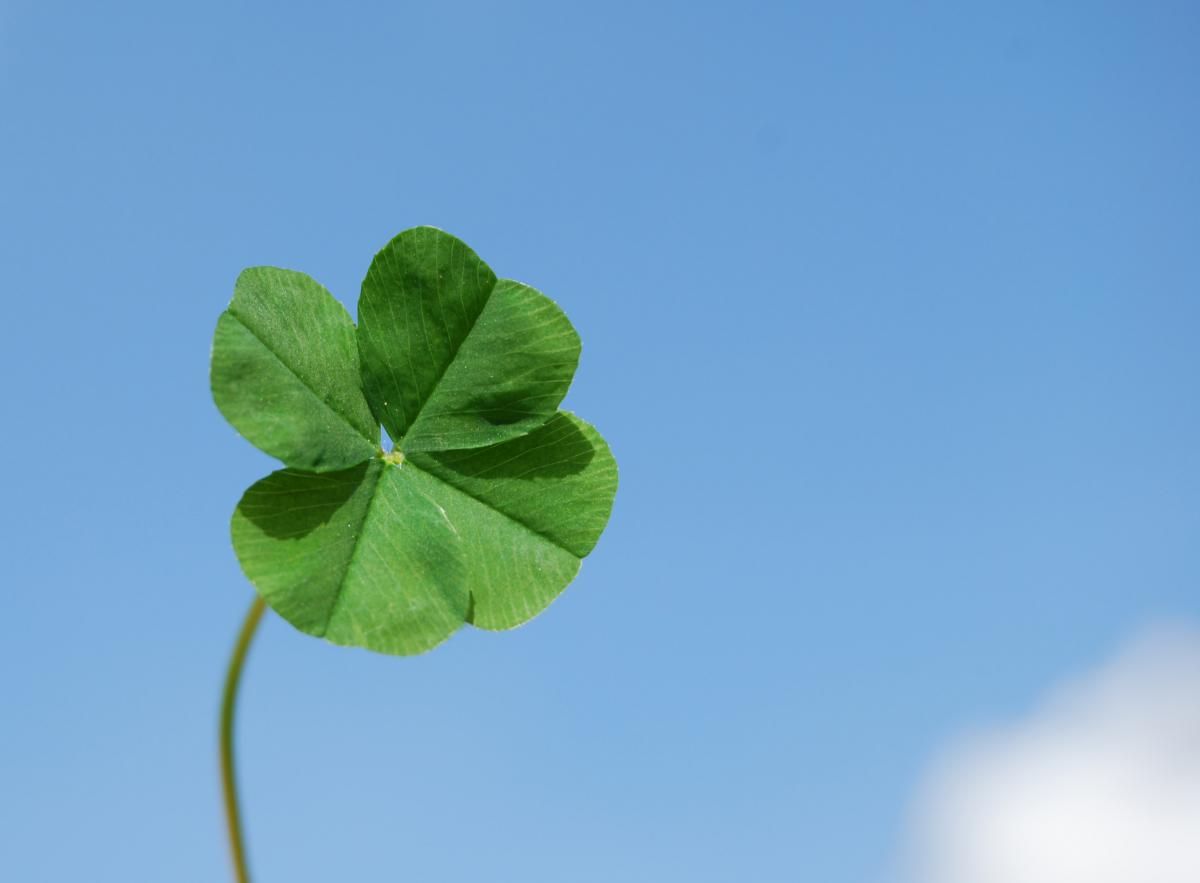
How lucky are you if you happen to find a four-leaf clover?
The ratio between three-leaf and four-leaf clovers is 10 000: 1. This actually means that the accidental four-leaf clover finders are quite lucky things. Nonetheless, some collectors can be really boastful of their up to 160,000-item lucky collection.
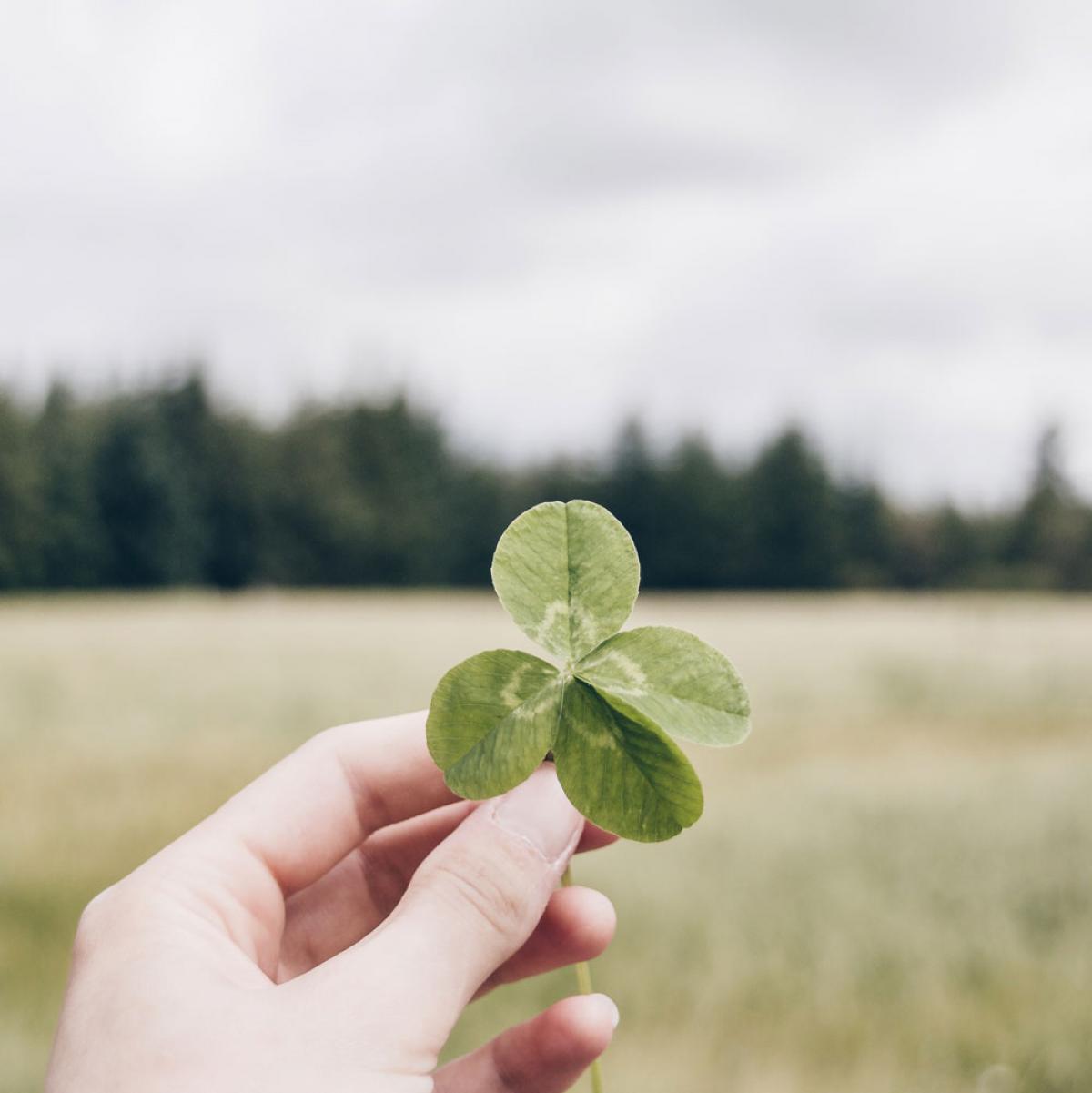
What caused the existence of multiple leaved clovers?
Clovers can have three, four, five, six and even more leaves on a single stem. 56 is the biggest number of leaves ever found on a clover( 2009, 10 May in Japan). Whether these variations originate of pure genetics or they are result from environmental changes, it is still not very clear. Since the fourth leaf is a rare condition, it can be viewed as a less frequent recessive gene. A somatic mutation could also be the cause of the rare type of clover. A developmental error in the environment can trigger the mutation or the appearance of a fourth leaf. Sometimes the causative factor for the variation is some interaction between several genes in the plant.
The clover DNA is responsible for the occurrence of four-leaved types. Yet, this DNA is so complicated that scientists still find it difficult to solve this biological riddle. The white clover, which gives rise to the four-leaf lucky charm, has quite a scrambled genome which does not allow to be fully studied and understood. Anyway, it has been concluded that the combination of genetics and environmental development is what triggered the above-mentioned mutation. So, the desired four leaf on a clover has vey inscrutable “roots”. Clover breeding itself is quite an amazing phenomenon since white clover are not able to breed with themselves; this is the reason why they are called outbreeders opposed to the other plants which are inbreeders. The established quadruple clover chromosomes combined with the promiscuity of breeding, makes it difficult to define which parent initiated which gene. Thus, the statement of clover’s tough genealogy appears to be quite logical.

No matter whether the true origin of the four-leaved clovers is relatively veiled or probably not very well understood, those who believe in its magical powers would relish the rare sightings of them and perhaps would feel blessed to have found one by mere chance. Not only will finders enjoy the notion of being loved and lucky, but they could also experience the faith to be wealthier, since the fifth leaf on a clover symbolizes money and fortune.
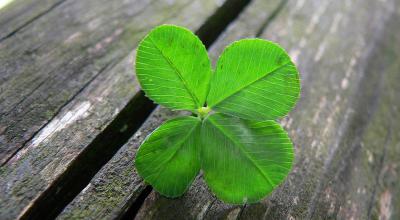
Leave a Reply